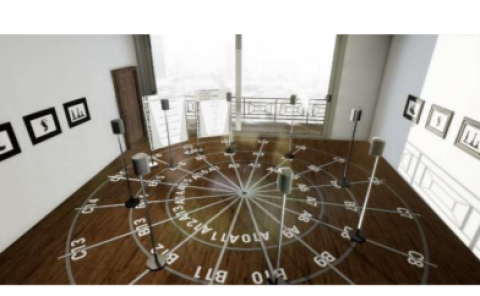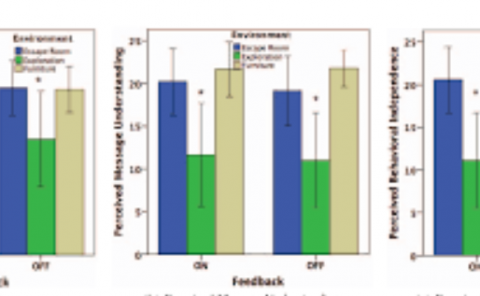De-rendering 3D Objects in the Wild
PubDate: Jan 2022
Teams: University of Oxford
Writers: Felix Wimbauer, Shangzhe Wu, Christian Rupprecht
PDF: De-rendering 3D Objects in the Wild

Abstract
With increasing focus on augmented and virtual reality applications (XR) comes the demand for algorithms that can lift objects from images and videos into representations that are suitable for a wide variety of related 3D tasks. Large-scale deployment of XR devices and applications means that we cannot solely rely on supervised learning, as collecting and annotating data for the unlimited variety of objects in the real world is infeasible. We present a weakly supervised method that is able to decompose a single image of an object into shape (depth and normals), material (albedo, reflectivity and shininess) and global lighting parameters. For training, the method only relies on a rough initial shape estimate of the training objects to bootstrap the learning process. This shape supervision can come for example from a pretrained depth network or - more generically - from a traditional structure-from-motion pipeline. In our experiments, we show that the method can successfully de-render 2D images into a decomposed 3D representation and generalizes to unseen object categories. Since in-the-wild evaluation is difficult due to the lack of ground truth data, we also introduce a photo-realistic synthetic test set that allows for quantitative evaluation.



